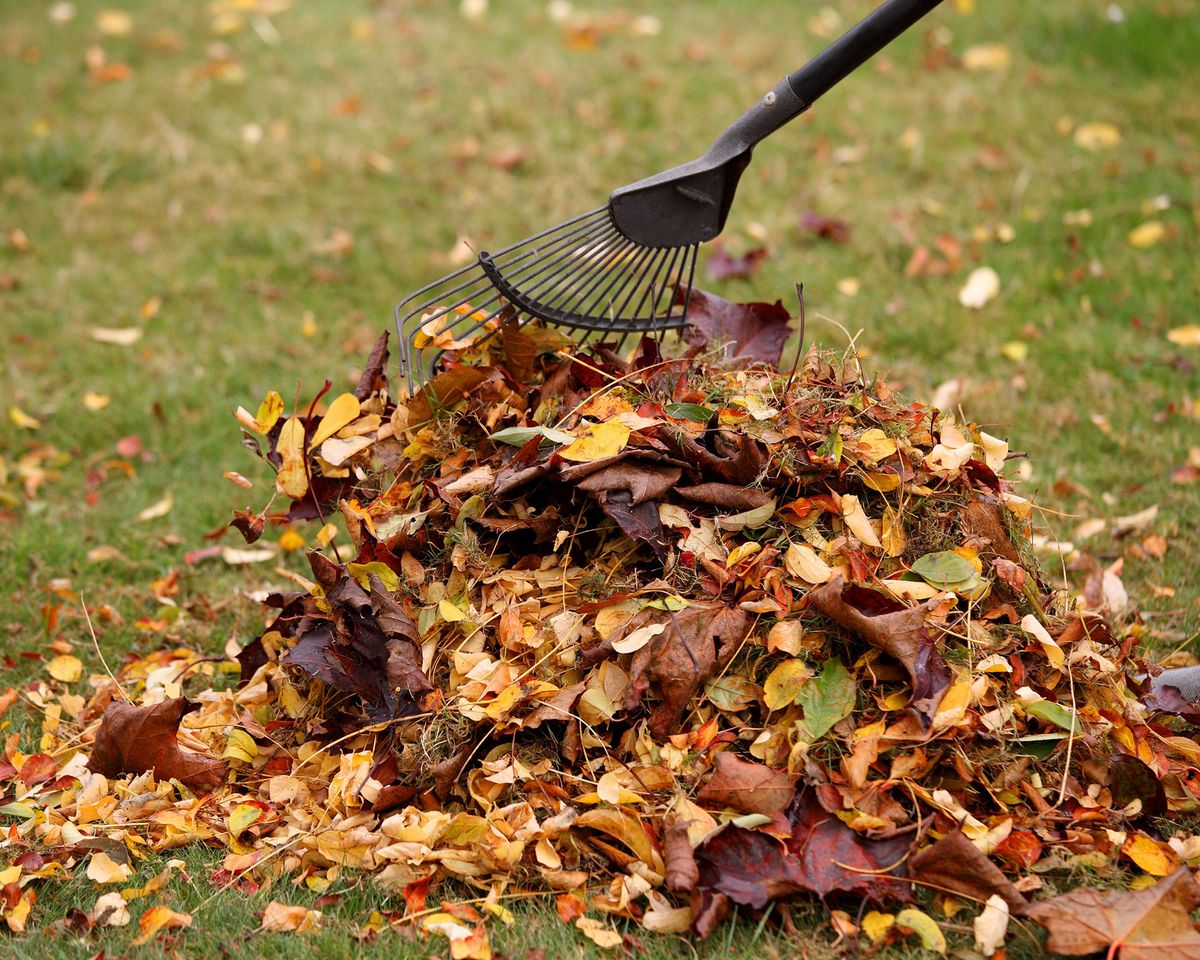That thick layer of leaf litter that covers your lawn, flower beds, and walkways needs to be swept up in the fall. Otherwise, it will smother grass, encourage mildew on plants, be slippery underfoot, and provide a haven for slugs and snails. But, instead of tossing dead leaves on the compost heap or disposing of them in some other way, why not make leaf mold?
If you’re constantly looking for organic or permaculture gardening methods for your winter garden, you’ll be pleased to know that leaf mold is a high-quality fall lawn care product. Free, easy to make, and a great way to use up fall leaves that cover the lawn and clog borders, it works well as a mulch, soil amendment, even potting soil.
Here’s why you should consider leaf mold now, for a better garden tomorrow.
What is leaf mold?
Leaf mold is a mulch you can start creating in the fall and winter for use the following year and beyond. It’s simply made with dead leaves left to decompose separately from the rest of your compost.
“There’s nothing complicated about doing this, and although it takes a while for the leaves to decompose, the result is worth it,” says gardener and author, Tamsin Hope Thompson. “After one to two years, leaf mold can be used as mulch around shrubs and trees, or dug up to improve soil structure.”
According to many experts, the best leaf mold is made from oak, beech, and hornbeam leaves, which are known to decay faster than other types, such as horse chestnut and sycamore. If you don’t want to wait 2-3 years for leaf mold to form, you can speed up the process by adding grass clippings to the mix. This will increase nitrate levels in the leaf mold, which speeds up decomposition.
It’s also a good idea to rake the leaves when they’re damp, as dry leaves will take much longer to decompose. All it takes is time and a little effort. And with such a useful end product, there’s really no excuse to put off raking those leaves and turning this seasonal chore to your advantage.
(Image credit: Deborah Vernon / Alamy Stock Photo)
How to make leaf mold
Leaf mold is not nutrient dense like normal compost, but it is still beneficial. For starters, it’s excellent for mulching flower beds and garden borders and borders. It’s a good way to get rid of weeds and its brown tones compensate for winter plants. It can also be combined and sifted with homemade compost to make the perfect seedling and growing mix.
Here are six simple steps to making mold for your garden.
1. Collect leaves for leaf mold
Collect leaves from your own garden and if you don’t have enough, offer to do the gardens of friends or neighbors too. You can rake them up, but if you have a rotary lawnmower with a grass catcher, it’s easier to rake them all over the lawn.
Don’t collect leaves from main streets – they could be contaminated with dog poop or affected by pollution.
2. Shred the leaves for faster decomposition
Shred your leaves before composting – you can shred them on the lawn with a mower or use a shredder. This will help them decompose faster and speed up the decomposition process.
3. Store in a sheet mold
Once you collect the fallen leaves in the fall, store them in a wire mesh leaf pan. Alternatively, simply stuff the wet leaves into black trash bags or old compost bags.
4. Check progress
After about a year, check your leaf mold for rot by removing a handful – it should be dark brown and crumble in your hand, and the leaves should be completely decomposed.
5. Use on plants and borders
Try leaf mold as a mulch around plants in borders – for this you can use partially rotted leaf mold (about one to two years old). For a heather mulch to use on acid-loving plants, make leaf mold from pine needles
6. Let the air in
If you store your leaves in black trash bags, be sure to poke holes in the bags after filling them – this will let air in, which will help the leaves decompose. You can then put them in a separate place until they are ready.


